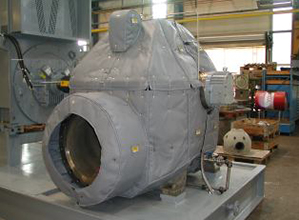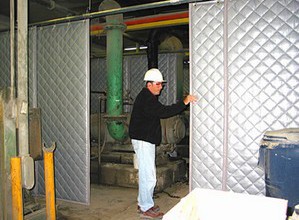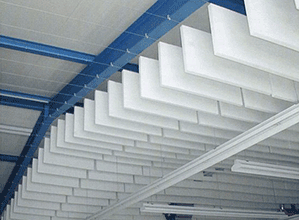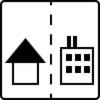Physical Properties of Sound
When talking about sound, one often hears a variety of terms such as frequency, decibel, wave length, and octave bands. So, what do all of these terms mean and how do they relate to a noise problem?
What is sound?
The human ear processes pressure fluctuations in the air as sound. Air pressure fluctuations are caused by vibrating objects or turbulent air flow.
Vibrating objects
Most sounds we hear are caused by vibrating objects. In industrial environments, these noises are often produced by mechanical vibrations. Words used to describe these sounds include buzz, click, drum, hum, and squeal.
The transmission of sound produced by a vibrating object can be airborne or structure borne. In airborne sound transmission, a hammer hitting a piece of metal creates a ring that travels throughout the air in the room and through the walls into adjacent rooms. In structure borne sound transmission, a hammer hitting the wall creates a vibration that travels throughout the entire building structure and can be heard in many rooms, even if they are not adjoining the room from whence the sound began.
Turbulent Air Flow
Sound can also be produced by a sudden increase in air velocity. An example of this is when air escapes from a compressed air line. These types of noises are often described as a hiss or a whistle.




